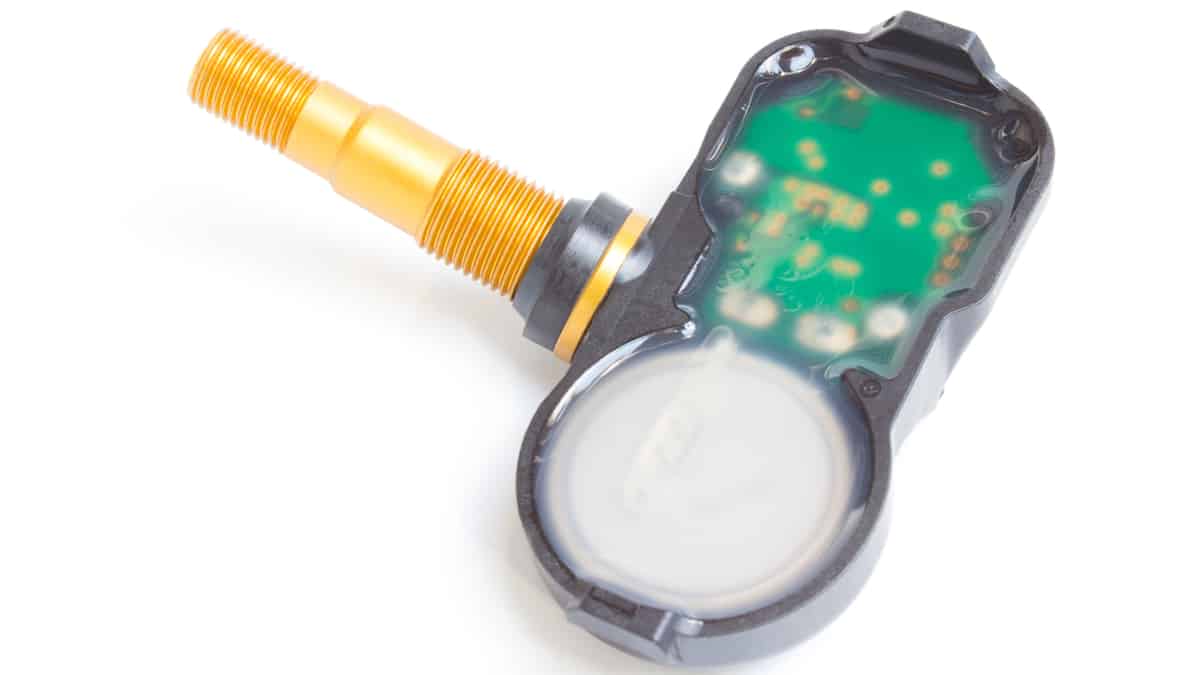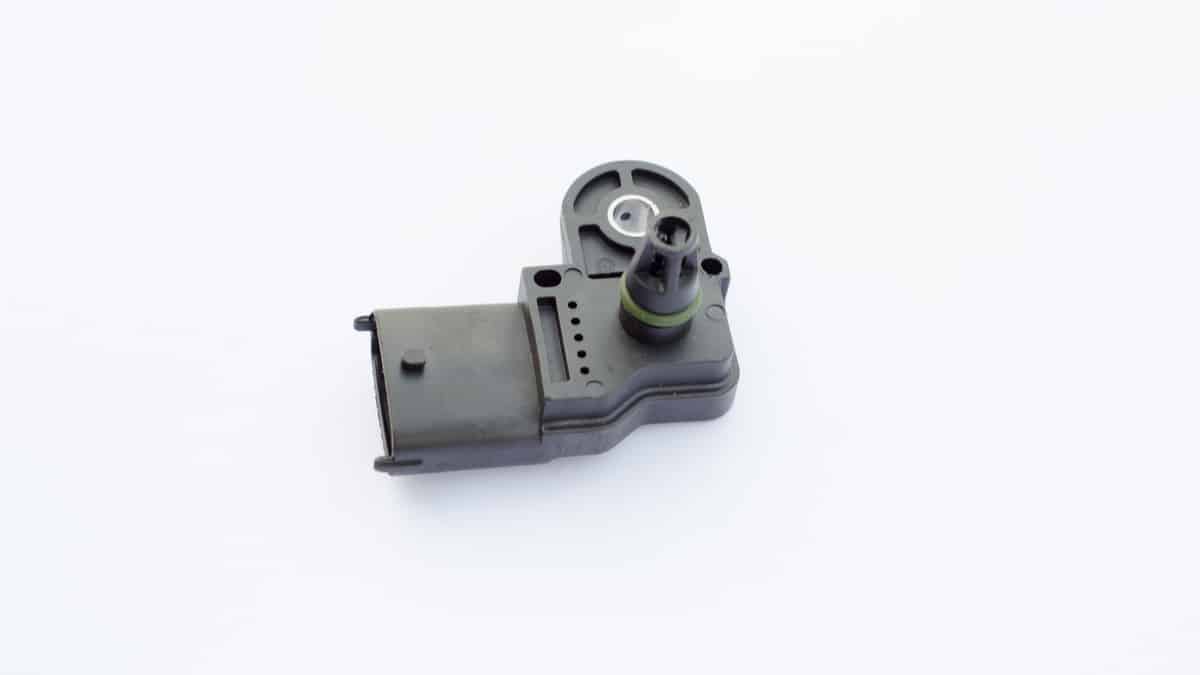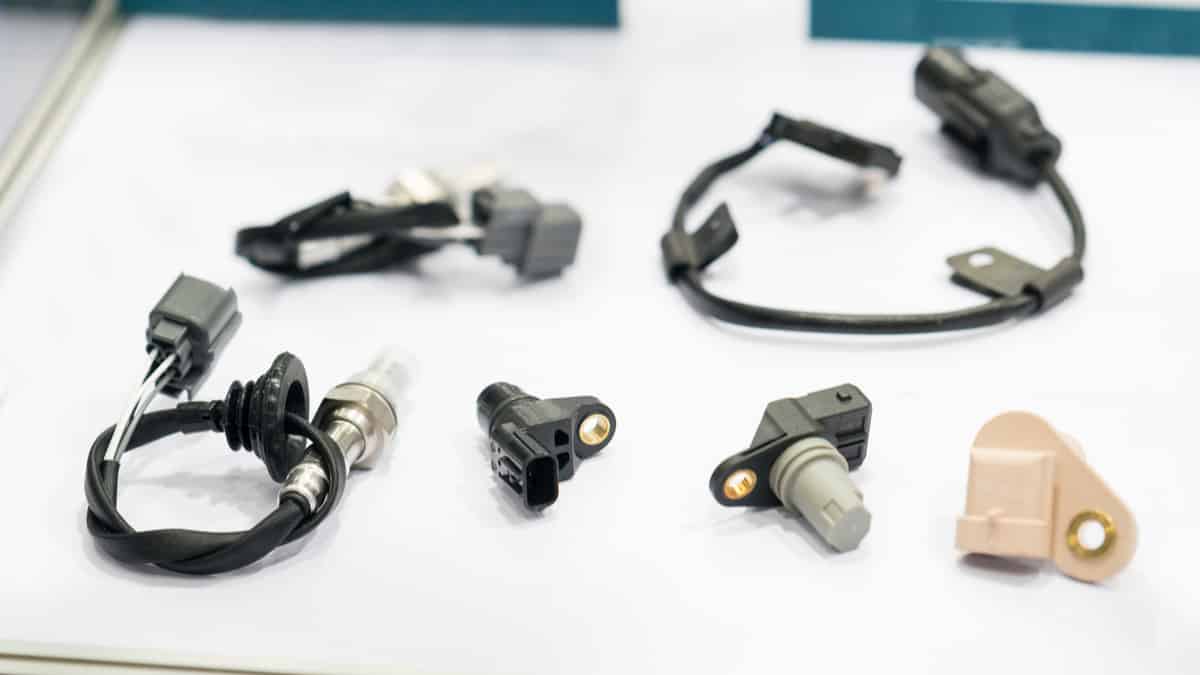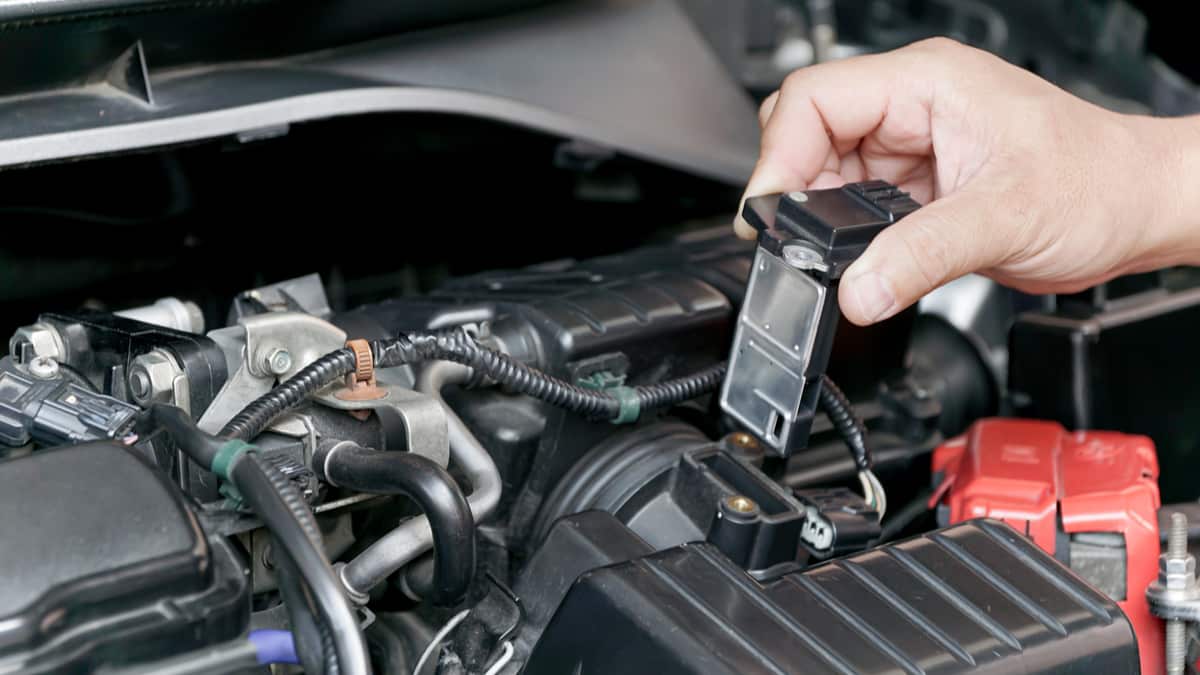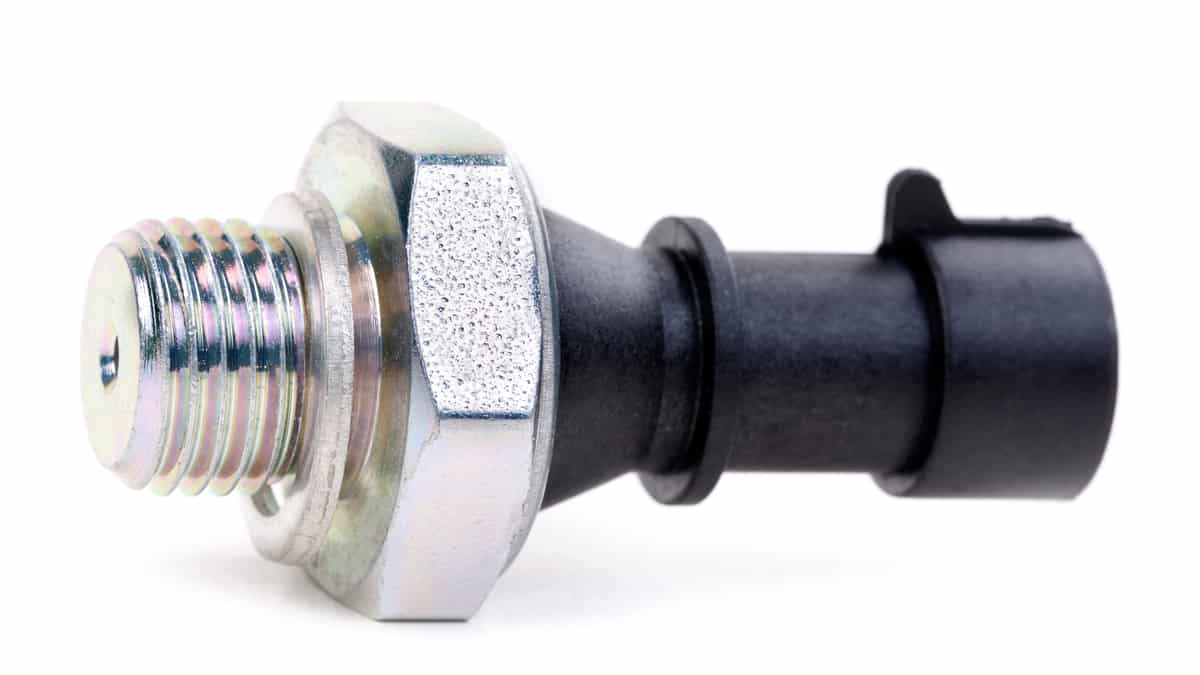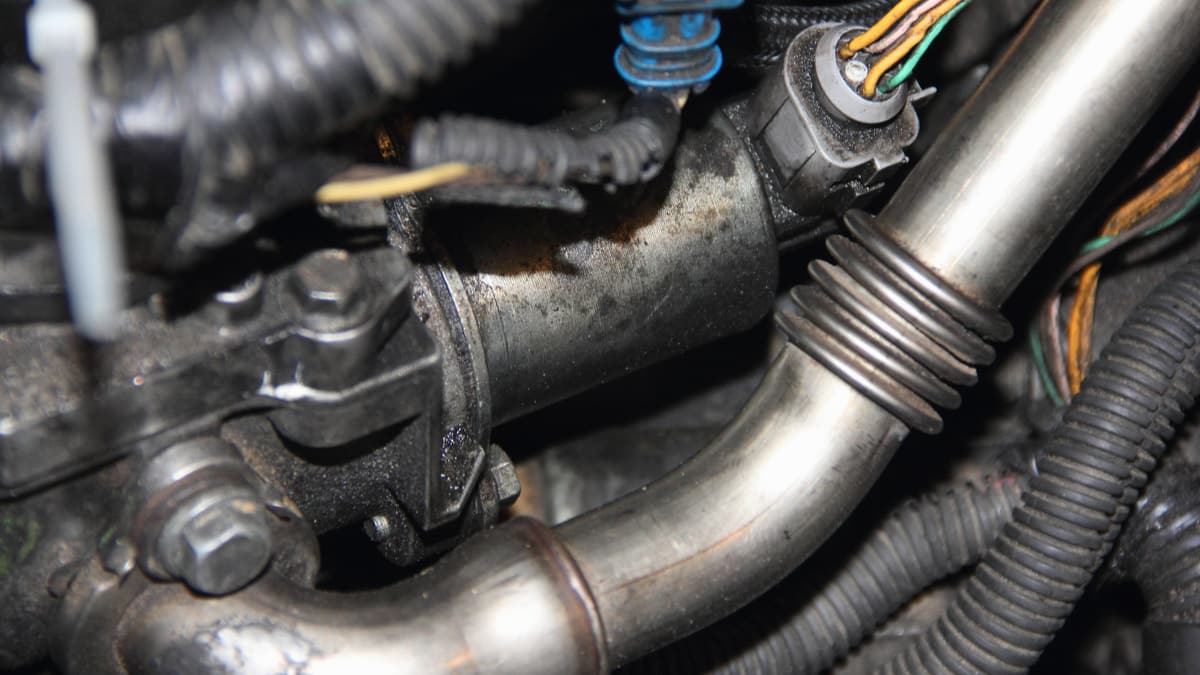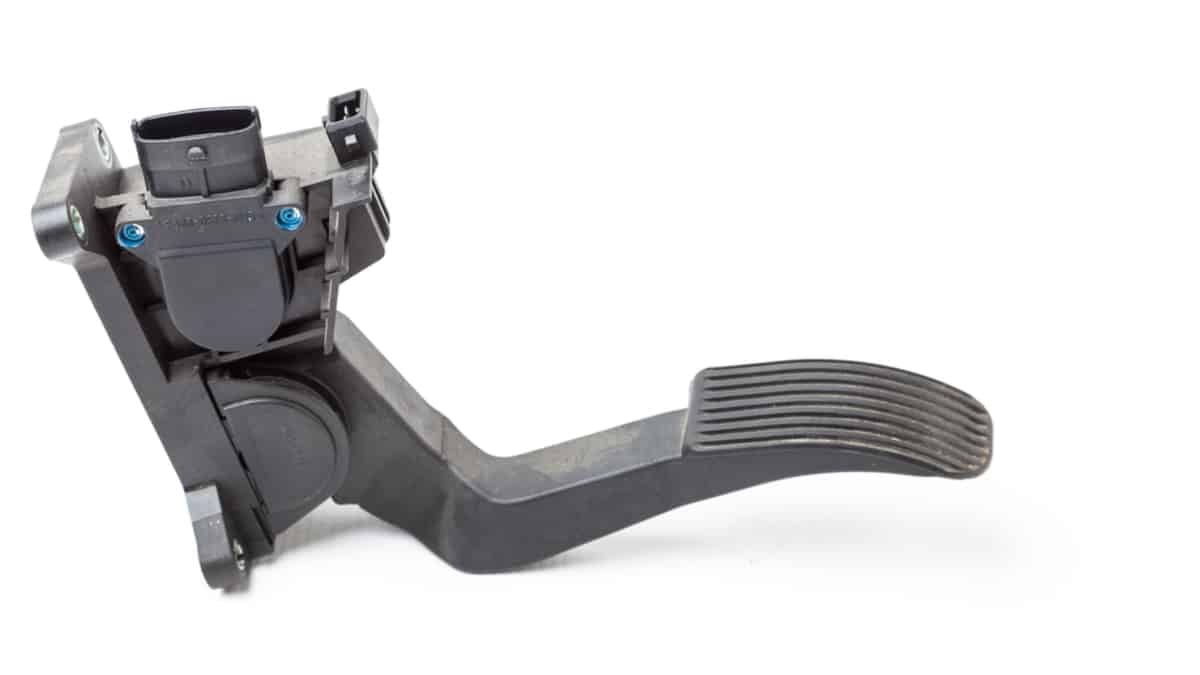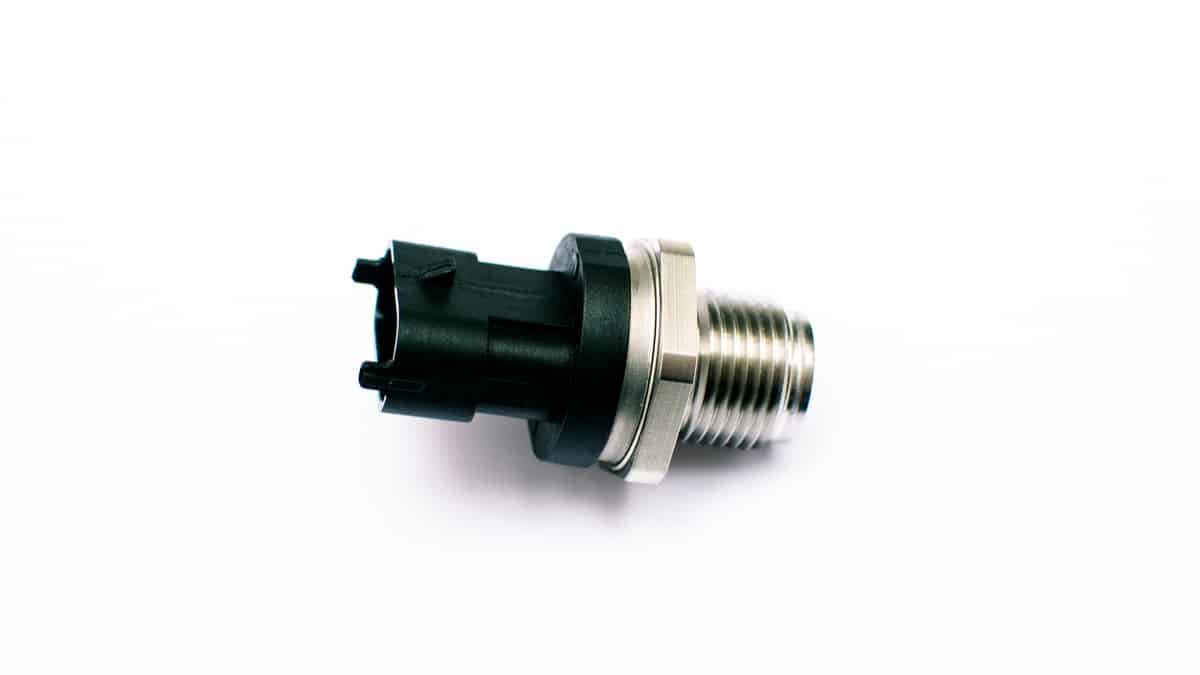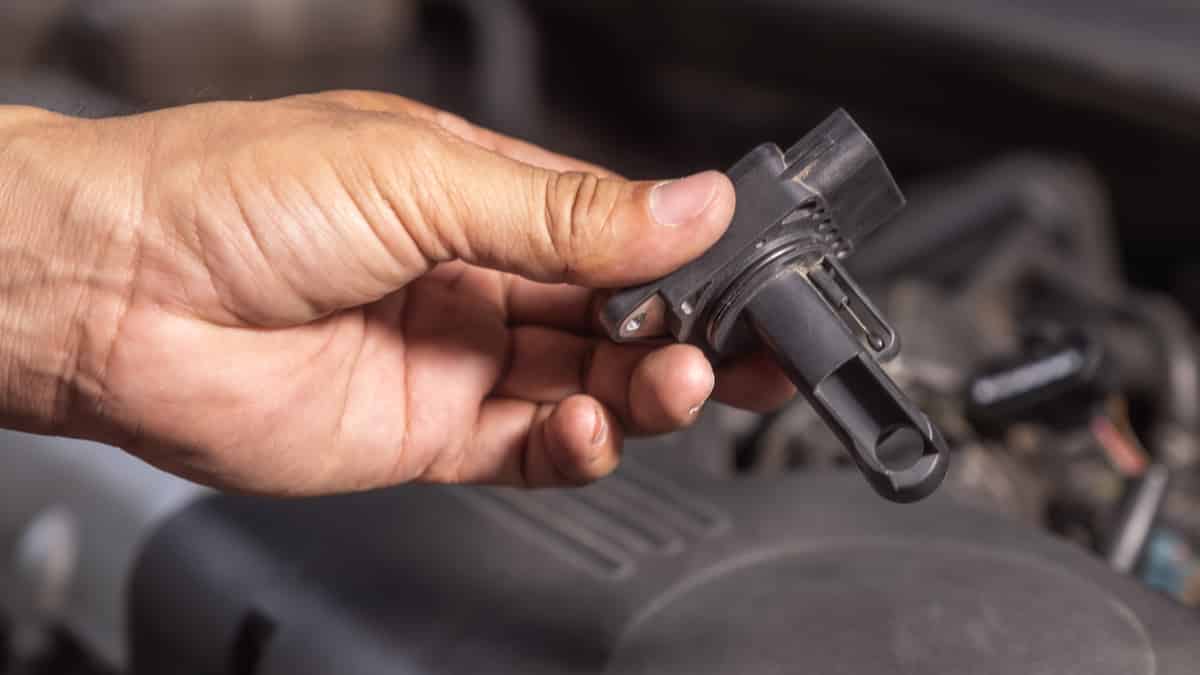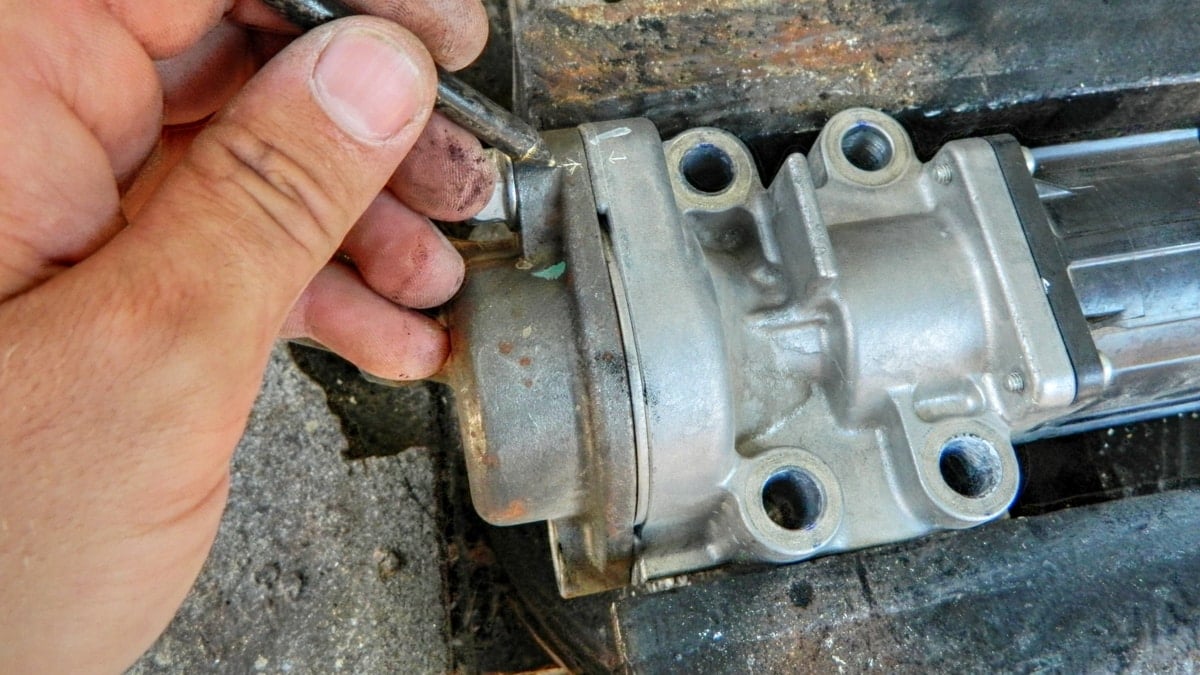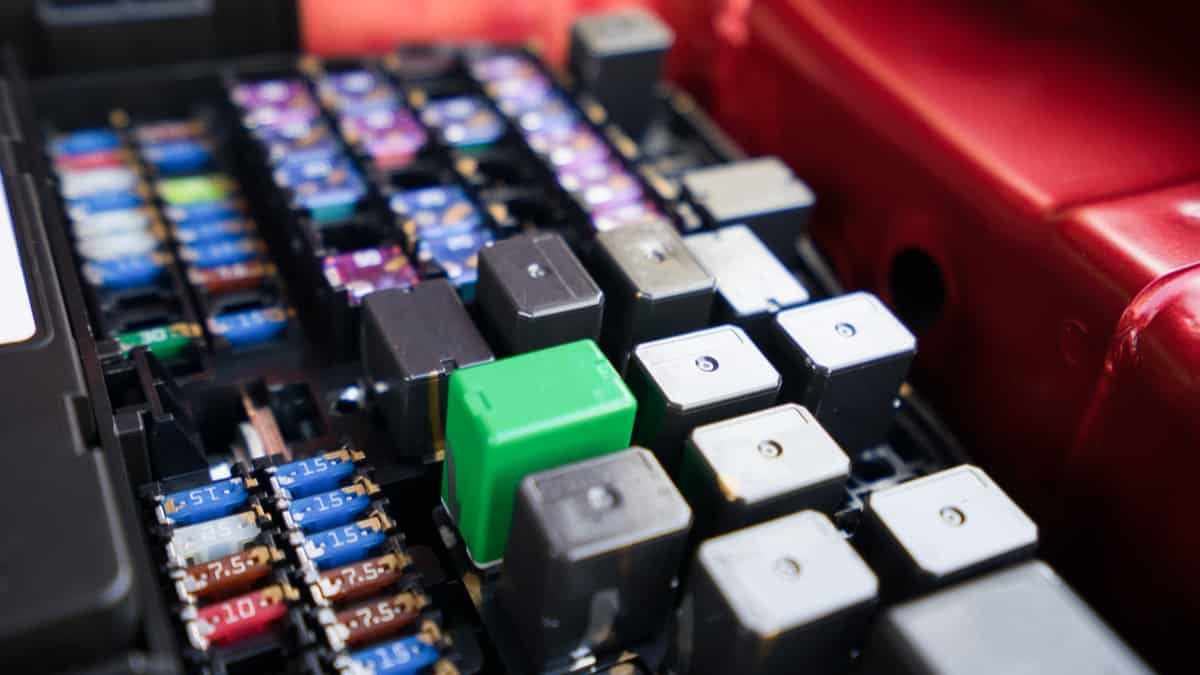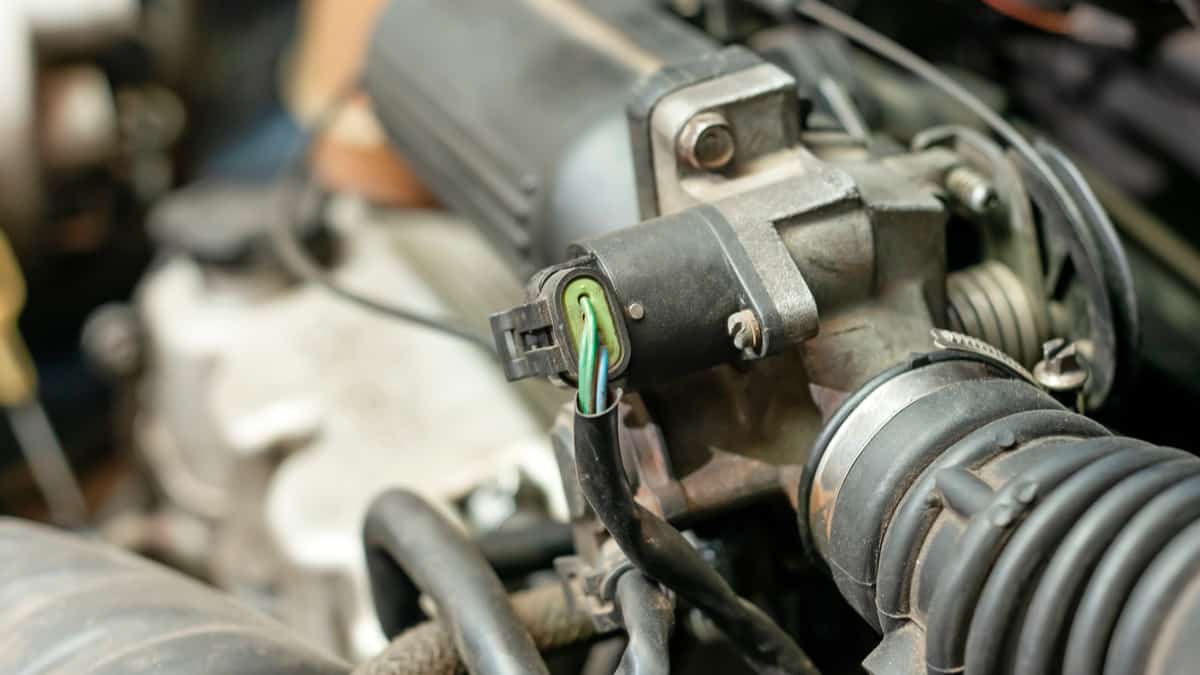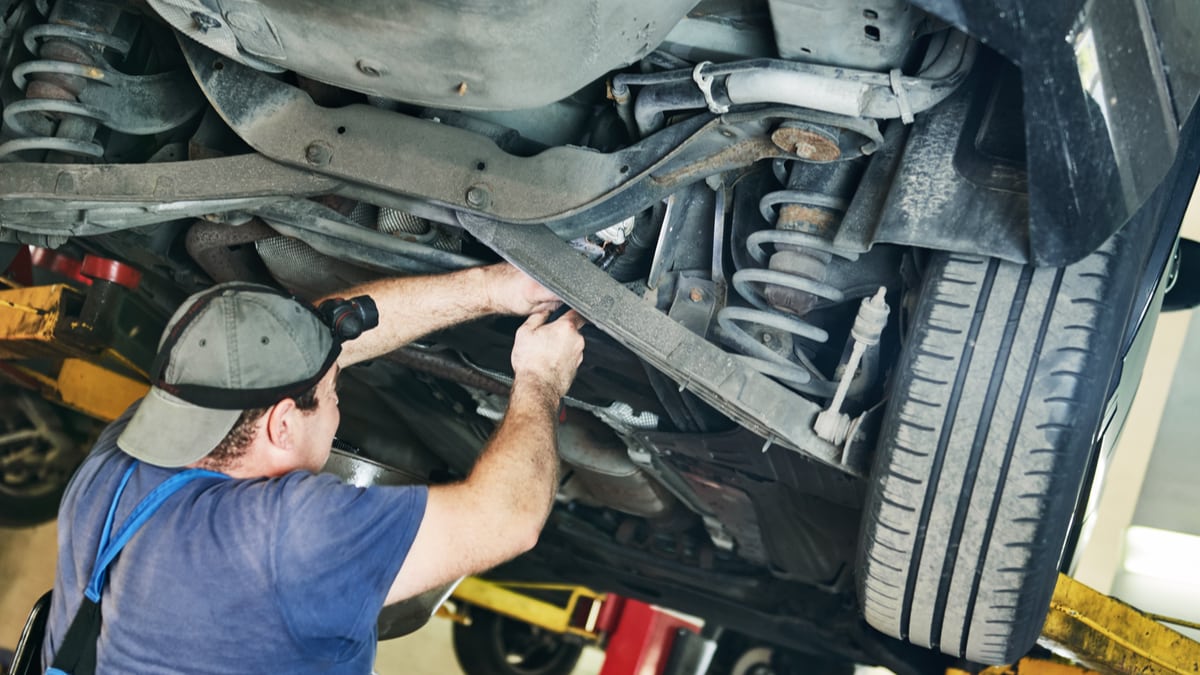The tire pressure sensor measures the pressure in your car’s tires. It sends the information to the car’s onboard computer, which analyses the information, shows you the pressure on the display, and shows a warning light if the pressure is too low.
The failure of a tire pressure sensor can have several causes, particularly heat. The location of the tire pressure sensor means that a lot of heat is generated around it.
Heat can easily damage an electronic component, like the TPMS sensors, so it is important to know what to do if your TPMS sensor is bad.
Symptoms Of A Bad Tire Pressure Sensor (TPMS)
The most common symptom of a bad tire pressure sensor is a TPMS warning light on your dashboard. You could also notice other indirect signs, like low air pressure in the tires or incorrect warnings on your dashboard.
A sensor is an electrical component and therefore something that can deteriorate with age. Not only that, but an irregular power supply, dirt, heat, and dust can greatly affect the sensor’s performance. There are some noticeable changes to the car when this happens.
Here is a more detailed list of the signs of a bad or failing tire pressure sensor (TPMS) to look for:
1. Low Air Pressure in the Tires

The function of the tire pressure sensor is to alert you when the tire is low. So if you find that your tires are flat or you have difficulty driving your car, the tire pressure sensor has failed or is not working properly. The sensor must be in proper operating condition to make a correct assessment.
Therefore, if you do not see warning signs on your dashboard, you must have the sensor checked by a certified mechanic. Check your tire pressure with a Tire Pressure Gauge.
2. TPMS Warning Light Illuminates
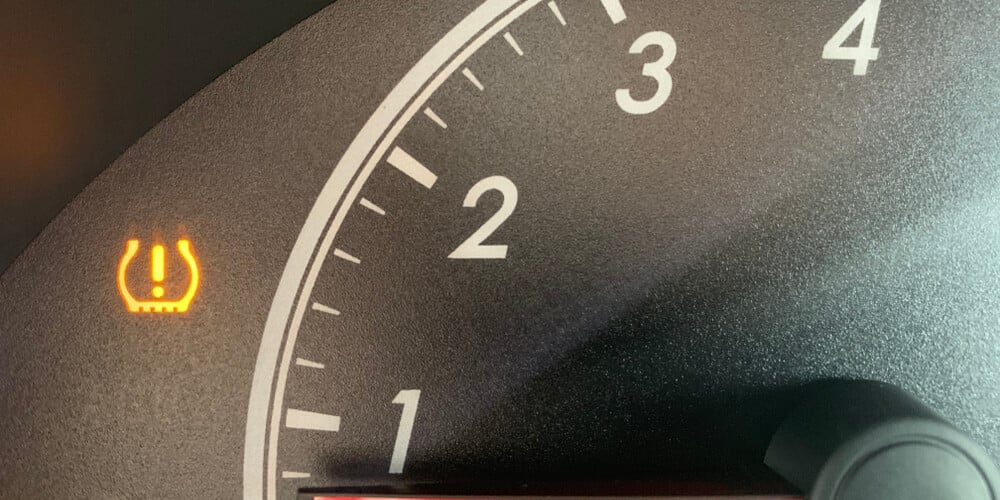
The ECU or PCM, which receives all the sensors’ information, triggers a warning on your dashboard indicating that something is wrong with the sensors.
If a sensor, such as a tire pressure sensor, is not operating by the standard, the ECU illuminates the TPMS light.
Consult a mechanic to diagnose the real reason for the TPMS symbol. You may also receive the message “Tire pressure sensor fault” on your dashboard.
3. Incorrect Warnings

If the tire pressure sensor is not functioning properly, you may receive improper warnings on the DIC. The sensor could indicate that you have a flat tire, even if there is nothing wrong with the tire. It may also indicate low tire pressure even if you have recently inflated the tires to the optimum pressure. However, these warnings should not be taken lightly as they may cause future problems.
Tire Pressure Sensor Location

The tire pressure sensor is located inside your car’s tires, attached to the inner part of the rim, the opposite side of the tire valve. You have one tire pressure sensor per wheel.
You can easily find it by removing the tire from the rim. It looks like a small cylinder.
How to tell which TPMS sensor is bad?
The easiest way to find out which TPMS sensor has gone bad is to read the trouble codes with an OBD2 Scanner.
If your car has a display of each wheel’s tire pressure on the dashboard, you can also check there if some pressure is irrelevant.
In most cars you need a diagnostic scan tool that can not only read codes from the TPMS system and not just the ECU. To find a scanner to do it, you can either check our article: Best OBD2 Scanners, or go to a mechanic workshop to do it for you.
What is a Tire Pressure Sensor?
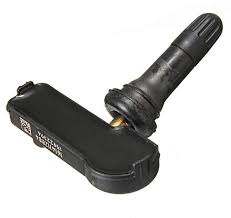
The tire pressure sensor plays an important role in ensuring that your vehicle remains in perfect condition at all times. It calculates the air pressure in your car’s tires and alerts you if the air pressure is insufficient.
The tire pressure sensor contains batteries that are not replaceable, and after some years, they will run out of battery power, requiring you to replace the entire sensor. This is the most common reason why you need to replace them.
You can expect the batteries in a tire pressure sensor to last for 5-10 years at least, depending on the brand.
Tire Pressure Sensor Replacement Cost
The average tire pressure sensor replacement cost is between $40 and $100 for each sensor. Expect a total of $160 to $500 for all four sensors. A tire pressure sensor costs between $30 to $70 each. The labor cost per tire costs $10 to $30 per tire.
Before you decide on replacing your tire pressure sensor, it is best to consider the many mechanics in your area. Not all mechanics are the same, which means that not every person who calls himself a mechanic is actually one. Inexperienced mechanics cost less, so you would naturally be attracted to them for your work.
However, this is, frankly, a bad decision that could cost you dearly in the future. It is best to entrust your car problems to a certified mechanic, regardless of the work involved.
Remember to always reset the TPMS light after a TPMS sensor replacement.
There is also the fluctuating price of the sensor to consider.
There is no fixed price for a sensor. Every sensor is different, and every car is different. The price you pay for the tire pressure sensor depends on your car’s make, model, and year.
The older the car is, the harder it is to find its part, and the more you pay. The more modern the car, the less you pay. However, this may not always be the case. For example, imported car parts cost more than locally produced parts.
Also, the price you pay depends on the number of sensors that need to be replaced. Your car has a tire pressure sensor for each tire, so you can imagine that if two or three sensors are defective, you will easily pay about a thousand dollars for the replacement.
Categories: Tires
